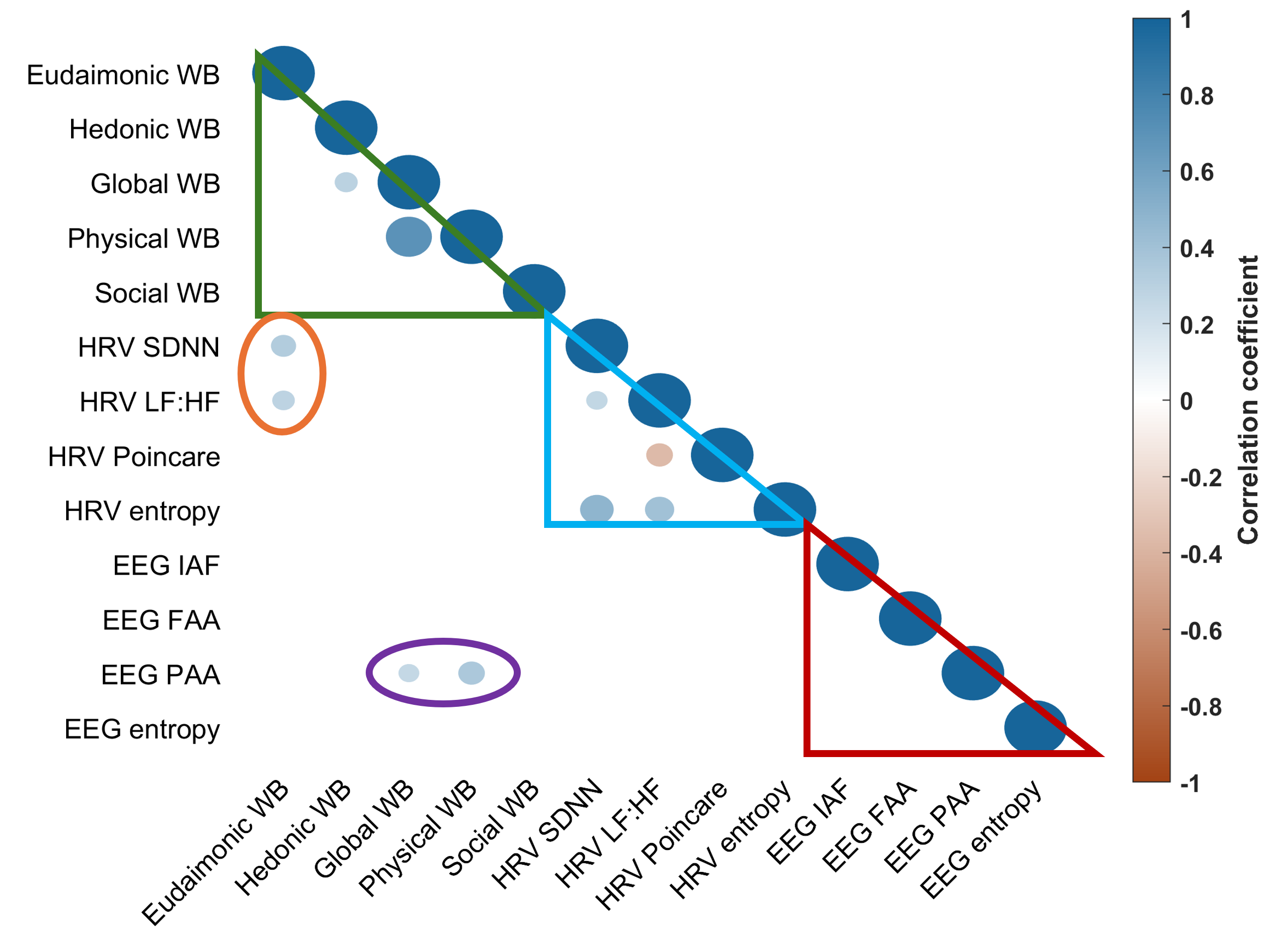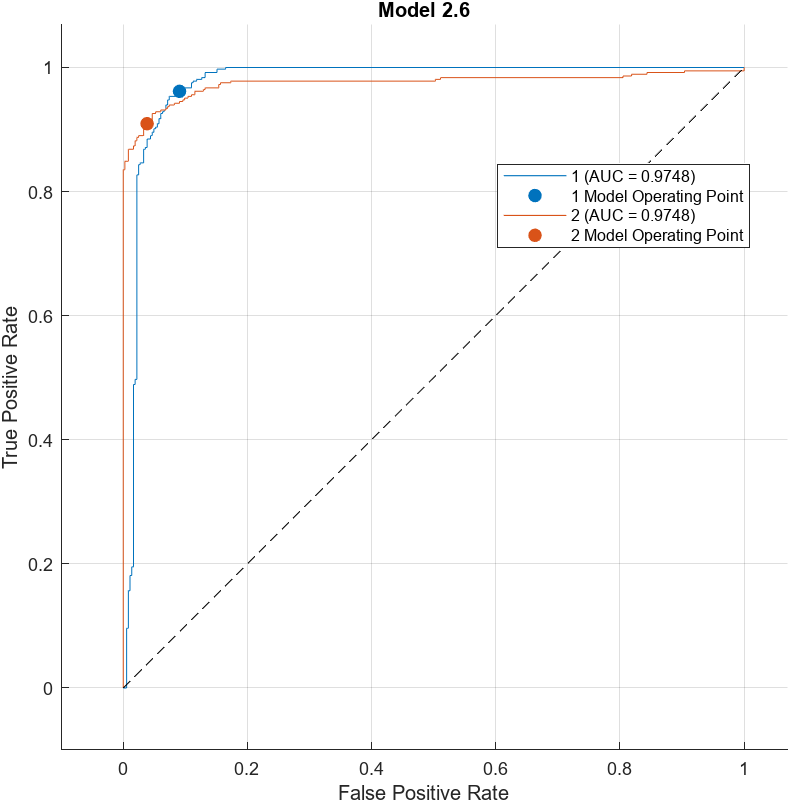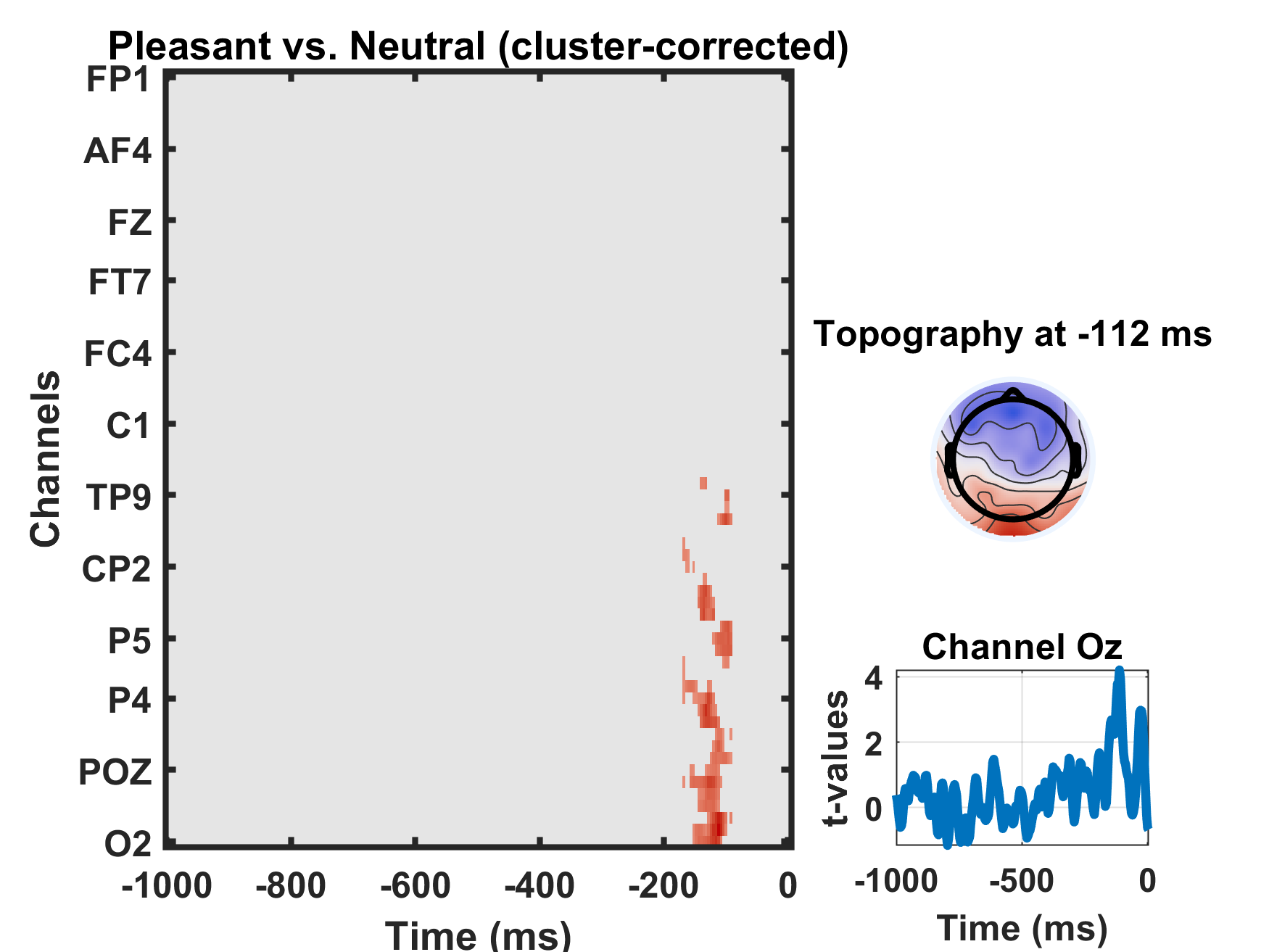
002. Brain oscillations in color vision (2016)
I did my 2nd Master's project with Dr. Rufin VanRullen. In a previous study, Rufin identified the brain's preferred response to luminance, the so-called "echo function" (an EEG oscillation displaying reverberations at 10 Hz up to 1 s after the presentation of the stimulus; see VanRullen & MacDonald (2012) ). The goal of my Master's project was to determine whether this echo functions was also the brain's preferred way of processing color stimuli (namely red, green, blue, yellow). The project involved developing psychophysics code to find individualized equiluminance threshold, modifying stimulus presentation scripts, and recording and analyzing 64-channel EEG on 12 subjects.
Results suggested that no equivalent echo function exists for color vision.

001. Brain atrophy in Schizophrenia (2015)
During my first research project with Dr. Sonia Dollfus (1st year of MS.c.) at the ISTS lab in Caen, France, I learned how to process and analyze MRI data to measure grey matter atrophy in patients with Schizophrenia.
3T MRI scans were segmented and normalized using DARTEL in SPM12, allowing tailored template of the study population, reducing normalizing errors and enhancing alignment of small structures. After smoothing, intracranial volume was calculated using GM, WM, and CSF. A voxel-based morphometry (VBM) analysis (voxel-by-voxel comparisons) was conducted to characterize GM differences between our two groups (63 controls vs 51 patients), accounting for age, gender, education, and intracranial volume as covariables.
Whole-brain analysis showed atrophies consistent with the literature (median orbitorontal, bilateral insula, and left middle cingulate cortices; p-corrected = 0.001).

Then, the contrast map was projected onto a 3D mesh of the hippocampus and its subfields. This mesh was manually delineated on coronal slices by Renaud LaJoie (see publication here ). In the right hippocampus, atrophy was detected in the median-posterior part of the Subiculum and other subfields, namely CA2-3 and GD-CA4, as seen in the dorsal view. This extended across almost the entirety of the CA1 region and marginally into the ventral Subiculum. In contrast, the left hippocampus showed a milder atrophy primarily concentrated in the posterior section of the Subiculum, discernible both ventrally and slightly dorsally. However, these differences did not survive the correction for FWE.





















